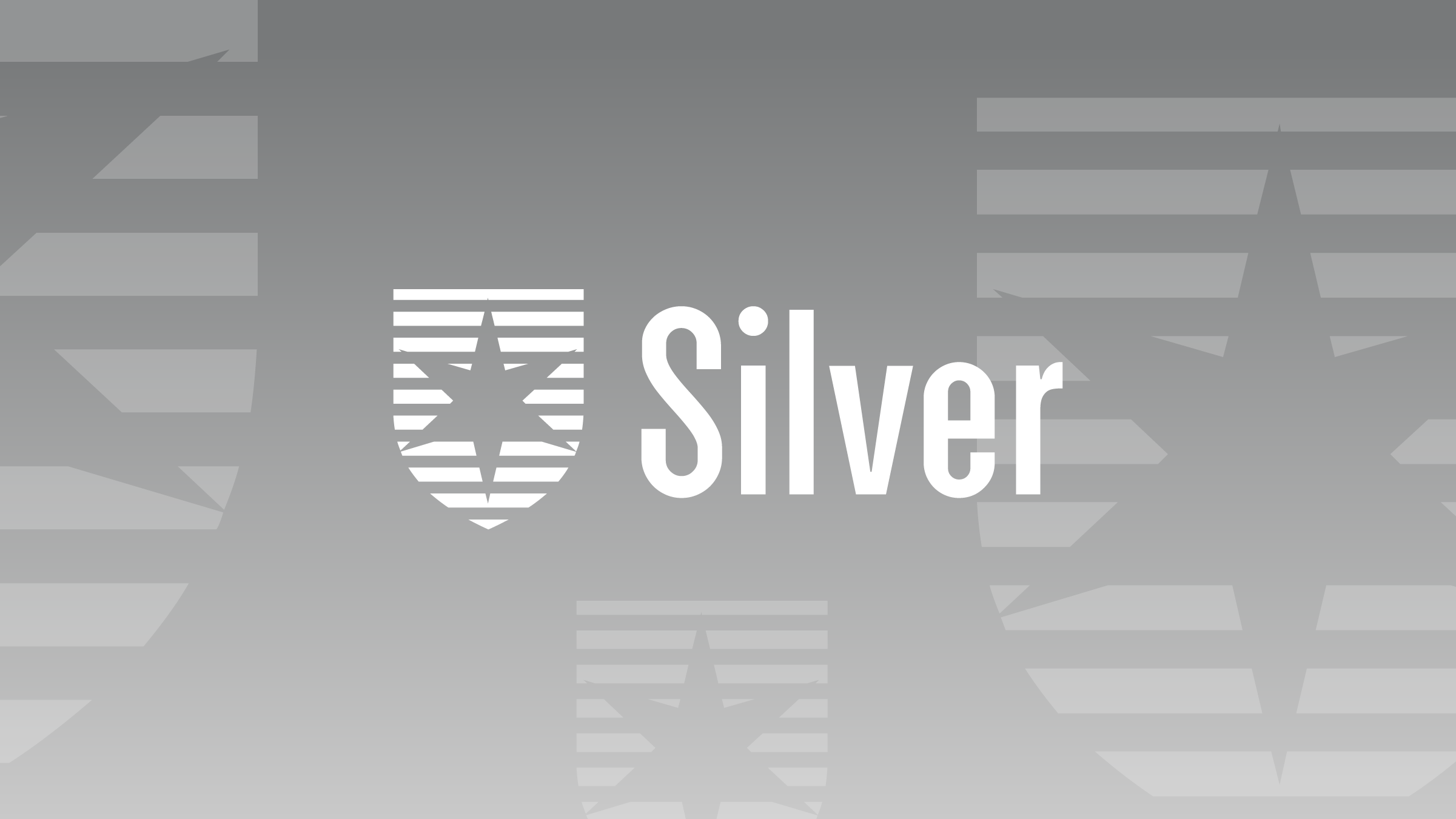This New Active ETF Follows an Old Playbook
Jensen Quality Growth ETF offers a proven strategy and record in a new wrapper.

Key Morningstar Metrics for Jensen Quality Growth ETF
- Morningstar Medalist Rating: Silver
- Process Pillar: Above Average
- People Pillar: Above Average
- Parent Pillar: High
Jensen Quality Growth ETF JGRW has a couple of attributes that many new active exchange-traded funds lack: a time-tested process and an established history.
You can’t tell from its performance record, which started in August 2024, but this ETF’s management team, philosophy, approach, and portfolio are exactly the same as the more than 30-year-old Jensen Quality Growth JENSX, a traditional, open-end mutual fund with a history of delivering solid risk-adjusted results.
Neither the launch of a new ETF version of that established strategy nor a pending manager retirement diminishes the underlying strategy’s advantages.
A seasoned, collaborative team resilient to manager departures has long been one of this strategy’s selling points. That is still true as current CIO Eric Schoenstein prepares to retire in March 2025. Schoenstein, a team member since 2004 and firm employee since 2002, gave his colleagues plenty of notice when he announced his retirement in March 2024, just as all his predecessors, including founder Val Jensen, had done. Jensen as a firm handles transitions well, telegraphing them early and hiring in advance of need. In the last year, it added two analysts to this eight-member team that still averages 24 years of industry and 13 years of firm experience, not counting Schoenstein.
The team still adheres to the strategy’s proven, selective process. The firm’s August launch of this ETF version of Jensen Quality Growth created a cheaper and more tax-efficient way to invest with this team and approach. The essentials of its bottom-up, high-conviction process remain, though. It won’t consider investing in a company unless it has posted returns on equity of at least 15% for 10 straight years. That screen gives the team a high-quality pond of businesses in which to fish. The managers run whatever they reel in from that pool through dozens of hours of fundamental research to arrive at a couple of dozen steady growers trading at reasonable valuations.
The resulting portfolio can be hard to categorize, but it’s still a worthy holding. It rarely owns the highest flyers because they tend to fail the strategy’s profitability and valuation tests, though it does own Apple AAPL, Microsoft MSFT, and Google parent Alphabet GOOGL. Owning mostly lower-profile growers can lead to steadier results. Zoetis ZTS, for example, dominates pet pharmaceuticals, and the McDonald’s MCD restaurant franchise has endured numerous challenges and cycles. The strategy has tended to lag in rallies but hold up well in downturns, leading to strong risk-adjusted results.
The new, identical ETF has the same risk/reward profile. Since its structure allows better control over capital gains distributions, however, it could offer a more tax-efficient way to invest in a strategy with a lot of embedded long-term gains that has seen recent outflows. Such conditions often precipitate end-of-year distributions. The mutual fund’s 2023 long-term capital gains distribution, for example, amounted to 7% of its net asset value. Jensen has not yet declared its 2024 distributions.
Jensen Quality Growth ETF: Performance Highlights
The ETF version of the Jensen Quality Growth strategy doesn’t have much of a track record, but its mutual fund forebear has a reputation for posting strong full-market-cycle risk-adjusted results.
A focus on firms with stable business models often helps the strategy shine in tough times, not rallies. Over a multiyear holding period, however, it has posted decent absolute and risk-adjusted results versus its typical large-blend and large-growth Morningstar Category peers and the S&P 500, Russell 1000, and Russell 1000 Growth indexes. From the 2004 start of senior manager Schoenstein’s tenure through Aug. 31, 2024, the 9.7% gain of the mutual fund’s I share class slightly lagged the S&P 500′s 10.3% and beat the large-blend category’s 8.8%, while roughly matching the large-growth category’s results. It lagged the Russell 1000 Growth’s 10.4% return but sustained less volatility as measured by standard deviation of returns. The fund posted a competitive Sortino ratio (a risk-adjusted return measure that only considers downside volatility) versus the S&P 500, Russell 1000 Growth, and average growth and blend peer during the period.
The fund’s upside has been its downside protection. Since Schoenstein began comanaging the mutual fund in 2004, it has lost about 83.3% as much as the S&P 500 in months when stocks have fallen. It’s also lost less in downturns than the Morningstar Wide Moat Focus Index, a benchmark that also emphasizes stocks with competitive advantages. This fund shed less than relevant indexes in 2018′s rocky fourth quarter, the 2020 coronavirus-driven crash, and 2022′s downturn.
The author or authors do not own shares in any securities mentioned in this article. Find out about Morningstar’s editorial policies.

/s3.amazonaws.com/arc-authors/morningstar/b41a1177-9e6e-486c-bb45-434ac569d47e.jpg)
/cloudfront-us-east-1.images.arcpublishing.com/morningstar/AGAGH4NDF5FCRKXQANXPYS6TBQ.png)
/cloudfront-us-east-1.images.arcpublishing.com/morningstar/NPR5K52H6ZFOBAXCTPCEOIQTM4.png)
/cloudfront-us-east-1.images.arcpublishing.com/morningstar/OMVK3XQEVFDRHGPHSQPIBDENQE.jpg)
:quality(80)/s3.amazonaws.com/arc-authors/morningstar/b41a1177-9e6e-486c-bb45-434ac569d47e.jpg)